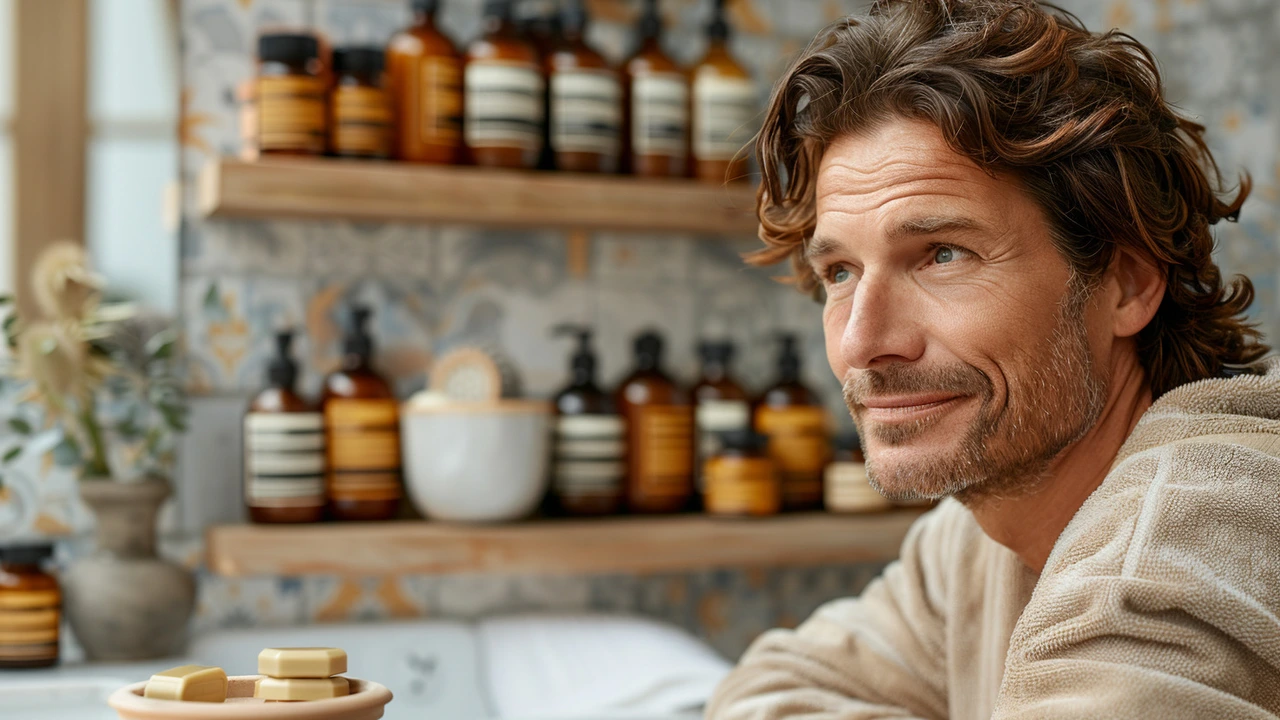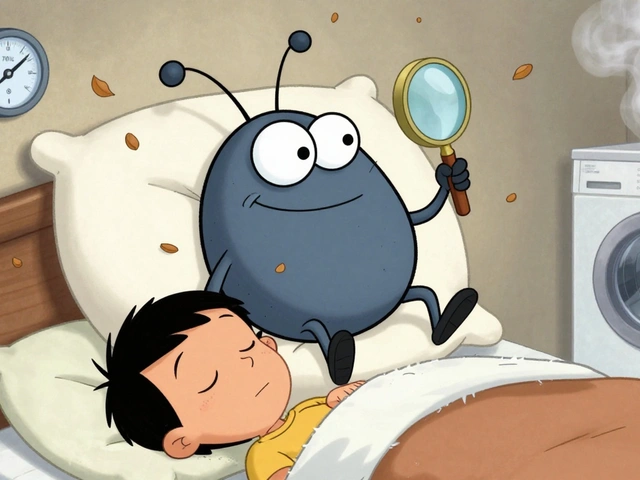Jock Itch in Seniors: Clear Causes, Signs, and How to Treat It
Jock itch (tinea cruris) can show up at any age, but older adults face a few extra risks. Thinner skin, less immune response, diabetes, and reduced mobility all make fungal infections more likely and slower to heal. If you or a loved one felt embarrassed or stuck, this guide gives straightforward, practical steps you can use right away.
What causes it and how to spot it
Fungi thrive in warm, damp places. The groin, inner thighs, and skin folds are perfect. Look for a red or brown ring with sharper edges than the surrounding skin, a scaly surface, and itching that gets worse after sweating. In seniors, the rash can be less obvious — sometimes it’s mainly irritation, burning, or thin flaky patches. If there’s heavy crusting, pain, or pus, a bacterial infection may be involved.
Check for related problems: athlete’s foot often travels upward, and untreated foot fungus can keep re-infecting the groin. Also check blood sugar control — poorly controlled diabetes makes infections harder to clear.
Simple, safe treatment steps
Start with these practical measures at home: keep the area clean and dry, change underwear daily (more often if you sweat), and wear cotton or breathable fabrics. Use a gentle, fragrance-free soap and pat dry; avoid vigorous rubbing.
Over-the-counter topical antifungals work well for many seniors. Apply creams or powders with clotrimazole, miconazole, or terbinafine once or twice daily for at least 2 weeks after symptoms vanish — usually a total of 2–4 weeks. If you see little improvement in 2 weeks, or the rash spreads, talk to a clinician.
Oral antifungals (like terbinafine or fluconazole) are options when topical creams fail or the infection is widespread. They clear fungus faster but need a short safety check: tell your provider about liver disease, other meds, and recent tests. Seniors often take other prescriptions, so drug interactions matter.
If the skin looks inflamed and painful, a doctor may add a short course of antibiotics or a mild steroid to reduce swelling. Don’t use steroid creams long-term without medical advice — they can thin skin and mask infection.
Preventing recurrence is key. Treat athlete’s foot at the same time, avoid shared towels, wash bedding regularly in hot water, and use antifungal powder if you sweat a lot. Keep weight off skin folds when possible and move regularly to reduce moisture buildup.
When should you see a doctor? If the rash is spreading, very painful, has pus, or if you have fever, seek care. Also see a clinician if you have diabetes, liver problems, or take many meds that could interact with oral antifungals. A quick exam, a skin scraping, or a short prescription can stop the problem before it gets worse.
This article from June 2024 sums up practical steps to spot, treat, and prevent jock itch in older adults. Follow basic hygiene, try OTC antifungals first, and get medical help when symptoms don’t improve — that’s usually all it takes to clear things up and avoid repeat infections.




